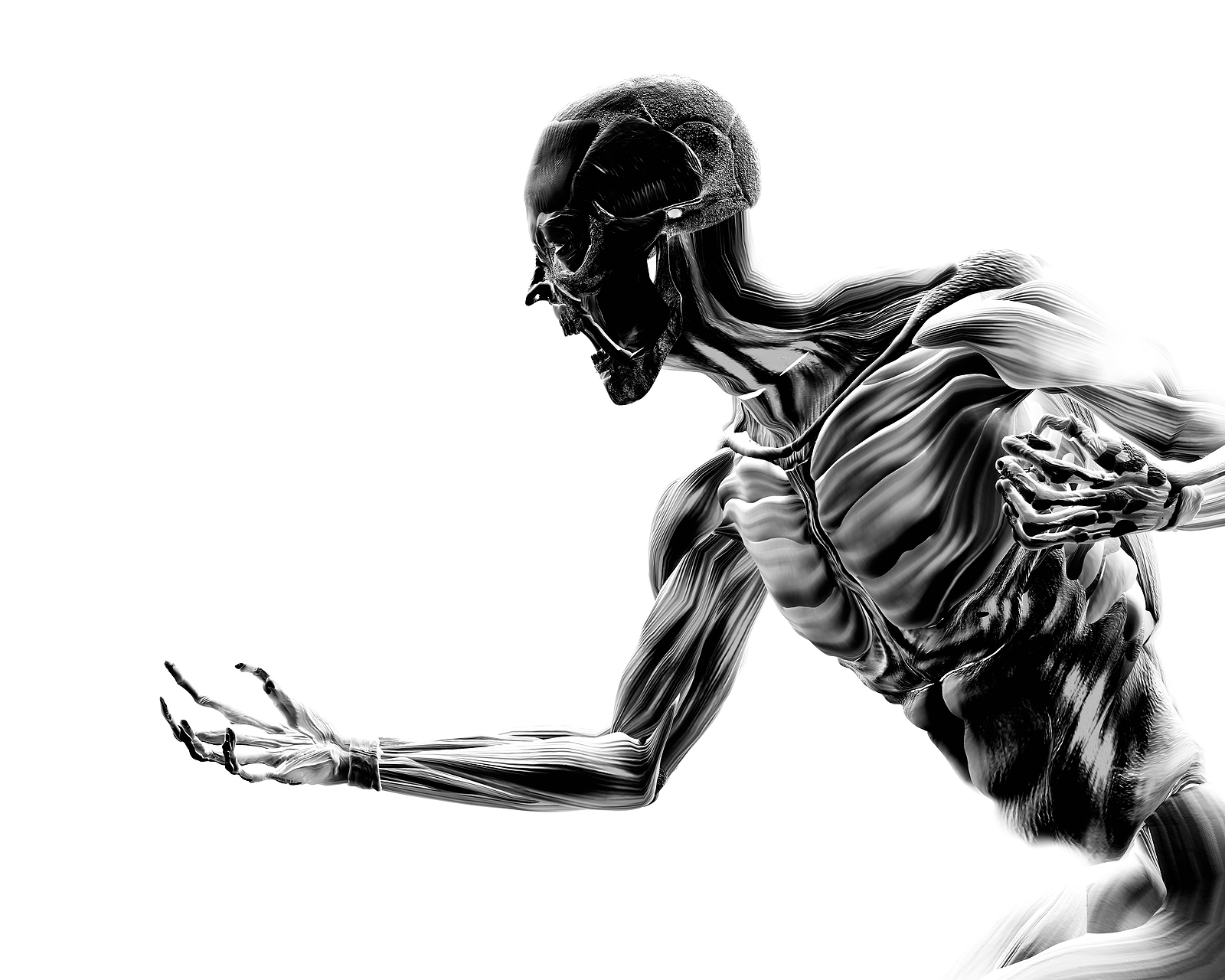Have you ever met someone who’s a regular runner, swimmer or general sports person? Often when you ask him how his hobbies are going he’ll reply how good it is but “I’ve got this tightness in my shoulder/hamstring/back etc.”
The stresses and strains of repetitive sport/movement leave people with a number of weaknesses and muscle imbalances. Typically this will lead to the usual aches and pains, however, if unchecked, it can lead to the life long injuries you often see in ex-sports people.
The problem is not necessarily the repeated movement itself but the lack of training on the opposing muscle groups. For example, a powerlifter is training the bench press twice a week – a movement predominantly working the chest muscles – however despite this regular training of the lift, he does no training for the antagonist back muscles. Subsequently the constant internal rotation and adduction of the arms, plus the constant contraction of the chest, leaves the powerlifter with a hunchback appearance and incredibly tight shoulders and chest. The result of this: anterior shoulder pain and upper back pain.
The solution to this problem is not to stop doing the sport or exercise itself, but to take the time to train all muscles groups equally. An easy way of doing this is to train movement patterns instead of muscles.
Movement Patterns
Movement patterns are simple way of breaking down the exercises to the bare blue prints of what they really are; for example, a bench press is a horizontal push and a barbell row is a horizontal pull.
The reason for doing this is so you can easily see where muscle imbalances may be coming from. The power lifter, while training the bench press – plus other accessory exercises – may do anywhere from 50-150 repetitions of horizontal pushing a week and only 25-90 repetitions of horizontal pulling, hence the imbalance.
Other movement patterns include:
- Vertical Pushing (examples, Shoulder Press, Lat Raises, Upright Rows).
- Vertical Pulling (examples, Lat Pull Down, Pull Ups, Straight Arm Pull Down).
- Horizontal Pushing (examples, Bench Press, Dumbbell Flye, Press Up).
- Horizontal Pulling (examples, Barbell Row, Machine Row, Reverse Flye).
- Hip Dominant (examples, Deadlift, Back Extension, Glute-Ham Raises).
- Quad Dominant (examples, Squats, Single Leg Squats).
Movement Patterns in Sport
Training movement patterns in sport is slightly more complex as you need to base what you do in the gym, on how often you’re playing the sport itself.
For example, a Defensive Lineman might train the bench press during the off-season to increase his pushing strength. However, come season time he may opt to change his exercise routine and just concentrate on training his back or only training the bench press every other week to offset any muscle imbalances that may occur due to the extensive pushing he’s having to do throughout game time every Sunday/Monday.
In any case the principle remains the same; you should always aim to balance your training out in both volume and intensity whenever possible. Hopefully by applying this to your workouts you can achieve performance and physique enhancing results and remain pain free.
